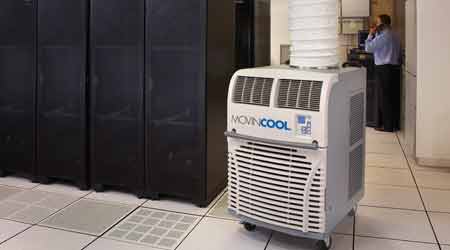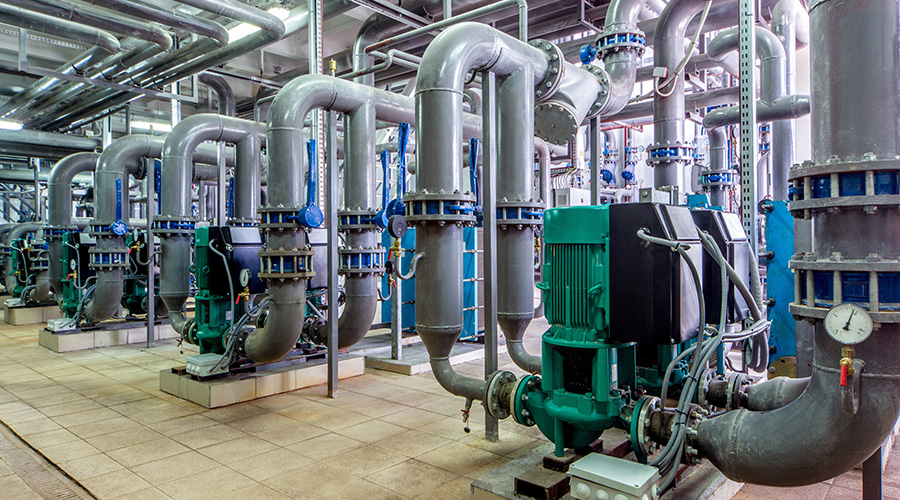 Managers can purchase or rent relativly low-cost temporary colling systems ranging from small, self-comtained units to cool one area, to trailer-mounted units that can cool entire buildings.
Managers can purchase or rent relativly low-cost temporary colling systems ranging from small, self-comtained units to cool one area, to trailer-mounted units that can cool entire buildings.SIDEBAR: Temporary Cooling, Streategy For Success
Planning ahead can help managers identify the requirements needed if a situation involving temporary cooling were to arise.
Part four of a four part series.
In most cases of HVAC renovation projects in institutional and commercial facilities that require temporary cooling, managers purchase smaller units but rent larger units. Both approaches require planning.
Well ahead of time, managers need to identify the requirements of purchased units in terms of numbers, capacity, and power in order to ensure the units will be available when the renovation project commences. Similarly, managers also need to identify rental unit requirements and write rental contracts, particularly for larger units.
Those contracts also must spell out who is responsible for delivery, setup, making the required connections at the facility, maintenance of the unit once installed and removing it after the project has been completed. The more lead time that managers build into the process, the more options they will have.
— James Piper, P.E.
Related Topics:















